 A bright fireball flew above the skies of Toledo and Ciudad Real provinces in Castilla La Mancha region (mid-south Spain) last February 11th at 02h26 UT.
A bright fireball flew above the skies of Toledo and Ciudad Real provinces in Castilla La Mancha region (mid-south Spain) last February 11th at 02h26 UT.
This event was registered with the SMART Project’s detectors operated at Calar Alto (Almería), Sierran Nevada (Granada), La Sagra (Granada), Seville, Huelva, El Aljarafe and La Hita (Toledo) observatories.
Two of the external cameras located at Calar Alto Observatory, in Almería, also followed this object.
Following the preliminary analysis carried out by Professor José María Madiedo (Instituto de Astrofísica de Andalucía IAA-CSIC), and SMART project's PI, this event had a cometary origin, and was caused by a rock which entered into our atmosphere at an estimated speed of 87.000 km/h.
The luminous part of the phenomena started at an altitude of 115 km above Toledo province. Then the object moved southwestward, crossing the border between Toledo and Ciudad Real provinces (both in Castilla La Mancha), and finished at an altitude of 45 km above the ground.
The image shows the path this fireball followed above mid-south of Spain.
Below are the videos that could be registered with the two external surveillance cameras operated at Calar Alto Observatory in Almería (South Spain).
Calar Alto (CAHA) fireball detection station, together with the one at the Observatory of Sierra Nevada (IAA-CSIC) and others placed at different locations in Spain, are part of the S.M.A.R.T. project led by Professor José María Madiedo (IAA) to track that kind of objects. Specifically, Calar Alto (CAHA) station and the one at Sierra Nevada (IAA-CSIC) constitute a collaboration agreement between the IAA researcher José María Madiedo and both institutions.
 English (UK)
English (UK)
